Black History in the Life of an Everyday Teen

Famous motown singer Marvin Gaye
Feb. 1 is an important day because it marks the beginning of a month that’s dedicated to the remembrance of the many African Americans who sacrificed so much to advance the country and world in science, art, and technology. But what really is black history? Why is it so important? It is these questions that this article will explore through the lens of the fictional but realistic teenager, Drake Henderson. Drake is just going through his virtual school day encountering your average everyday objects and innovations. But as Drake encounters these various things, readers will be introduced to many important African Americans, who despite being the reason we are able to use these everyday objects, have been overlooked by many people over the years.
Drake starts his day like any other. He washed up, made his bed, and headed down to the kitchen. As soon as he enters the kitchen he hears a knock at the door. Suspecting it was one of the many Amazon grocery packages that are constantly being delivered, he went over to his front door to answer it. Looking through his family’s brand new security systems’ camera, his suspicions are confirmed when he sees the Amazon truck pull up into their driveway. Waiting until the man had dropped off all of their groceries, he went outside to collect them. While finishing up putting away the groceries, Drake was excited to see peanut butter in one of the bags, for there is nothing he likes better for breakfast than peanut butter on toast. After finishing his breakfast, Drake prints out his homework he did online last night. Although he didn’t need to print out his homework because everything was virtual, he finds it easier to follow along on paper than on the computer. After hearing his astronomy teacher talk about early advancements in predicting solar eclipses, Drake checked the old wooden clock above his makeshift work desk to see if he has time to grab a snack before the next class. Seeing that his math class starts in five minutes, he figures he has enough time. Scoring a big bag of Lays potato chips, he went through three bags before class was dismissed for lunch.
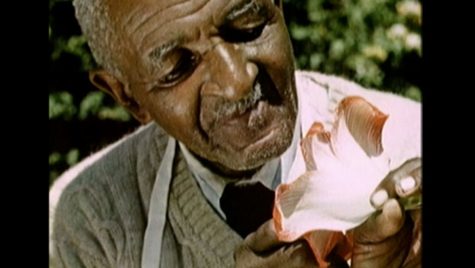
Despite the fact that this is just the boring old routine many students are currently going through, Drake, like many other students, misses how many of the foods, technologies, and countless other innovations we use were made or influenced by African Americans. So far, Drake has encountered the following innovations made by African Americans in his everyday routine:
1. The security system: Invented by Marie Van Brittan Brown, the modern security systems that we use today were based on her design made in 1966. It included monitors and cameras, as well as a two-way microphone system.
2. Peanut butter: Although early forms of peanut butter can be found in ancient Peru, George Washington Carver (a.k.a the peanut man) was the first to develop farming methods that resulted in huge surpluses of peanuts and other crops. He also developed 518 different products from peanuts and other crops like sweet potatoes.
3. The computer: Mark Dean is the co-inventor of IBM’s personal computer. He is also responsible for the technology that enables us to print from the computer.
4. Solar eclipses and the wooden clock: Benjamin Bannecker was born in 1731. He was a free man who is known for building America’s first clock that struck hourly. Bannecker is also known for creating an almanac that accurately predicted tides, as well as a solar eclipse in the year 1789.
5. Potato chips: George Crum was a chef at Moon Lakes House Resort. He is known to have created the potato chip after getting frustrated at a customer’s comment on his thick potatoes and then slicing them razor-thin. Although there is controversy on whether he was the sole creator of the potato chip, no one can argue the role he had in making and promoting it.
After Drake ate his lunch, he went to his last two classes, English and Spanish. English class was fun because they were doing a creative writing unit. He was basing his writings off of Lanston Hughes, someone Drake heavily admires for the imagery and symbolism he used in his poems. After English ended, he took his fifteen-minute break to see what his dad was up to, knowing that he had probably finished all of his Zoom meetings by now. He went into their living room where he found his dad watching boxing on ESPN. Drake silently sat down on the couch next to him just in time to see the smaller of the two boxers dance around his opponent before throwing two lightning-fast jabs. Drake’s father whistled when he saw this. “Reminds me of Ali,” his father said. Having watched some clips of the famous boxer, Drake had to agree. After watching for a few minutes more, Drake checked his watch to see if he had time to take a walk. Seeing that class started in seven minutes, Drake settled for a walk around the block. As Drake put in his earbuds, he clicked on his “old-timers” playlist. Drake’s grandma had recently shown him Motown music, and he was not ashamed to say that he liked it. After whistling to Marvin Gaye for a bit, he turned back and hurried home to make it to his Spanish class. Halfway through the class Drake suddenly got a sweet tooth, so he pulled out some of that ice cream that came with today’s Amazon order. He pulled out the ice cream scoop and put a generous two scoops into his favorite blue bowl. After finishing both his ice cream as well as his class, he waited for his mom to come home to tell her about his good, but what Drake thought was an uneventful day.

The character Drake has now finished his school day, and yet, like many, is unaware of his interaction with many innovations made by African Americans. But to highlight some of these everyday innovations for readers the following were encountered by Drake.
1. Literature: Langston Hughes was a poet, novelist, playwright, and fiction writer who is most known for his expressions of the struggles of the black life through the 1920s to the ’60s. Although he highlighted struggles, his poems also reflect the laughter and triumphs African Americans have gone through, most notably shown in his first novel, “Not Without Laughter” which took home the Harmon gold medal for literature.
2. Boxing: Muhamad Ali was a boxer who is still considered by many as the greatest boxer of all time. This claim is backed up by a three time lineal champion of the heavyweight division as well as many other awards that start at his Olympic gold medal in the lightweight division at age 18. He is also known for revolutionary changes to the boxing game. As he came into the ring, dancing circles around his opponent and then attacking with rapid strikes when he saw an opening. This was significant because before boxing was literally just a contest of who could bash the hardest.
3. Motown: An American music label founded by Berry Gordy Jr, this label would break barriers between the music industry and racial inequality for years to come. As black-owned labels combined old-time soul with the mainstream pop appeal. Many famed singers hold deep roots in Motown including Marvin Gaye, Diana Ross, Aretha Franklin, and many others.
4. The Ice cream scoop: Invented by black businessman Alfred L. Cralle In 1897; we owe this helpful tool to this man.
These are all of the tools, foods, and arts that Drake has encountered in just this one school day. But there are hundreds of other little-known men and women whom we can acquaint ourselves with who have given us so much by creating these innovations for the betterment of our society. So it should not just be February, but every month that we do better and be better at giving these men and women the credit that they deserve.

Hi everybody! My name is Donovan Fobbs, and I have the pleasure of being this year's editor in chief. I’m going to be a senior this year, and this...




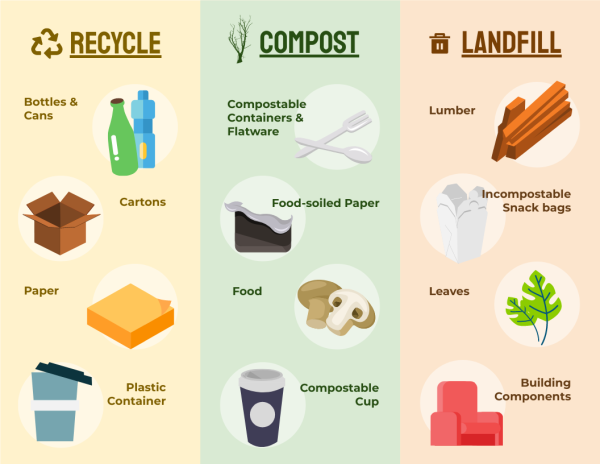
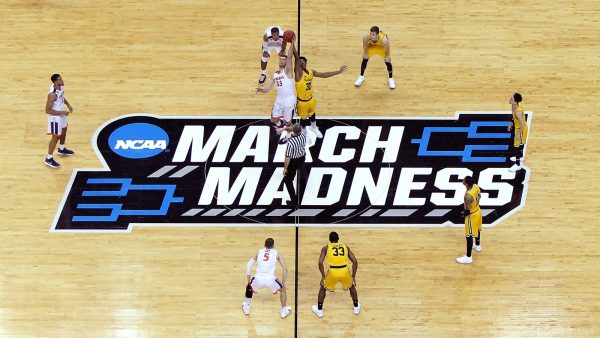

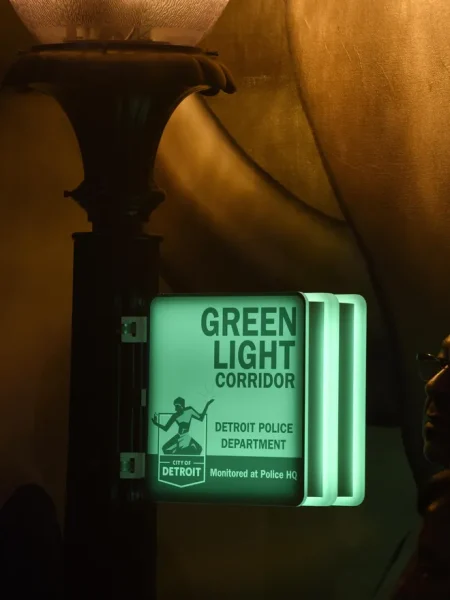

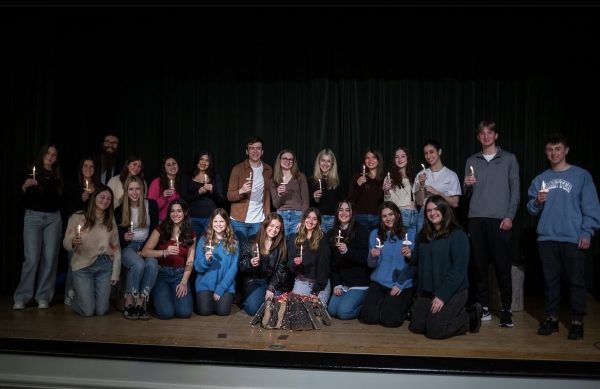


K. Yasin Moon-Smith • Feb 3, 2022 at 7:07 am
Donavon great job your an awesome writer!
Delia Wells • Mar 17, 2021 at 8:51 am
Great job Donovan! I felt like I was going along with Drake during his school day. Your vivid writing was interesting and full of knowledge about African American pioneers who have contributed to every area of society. Keep writing informatively with this ease.
Auntie Terri • Mar 10, 2021 at 11:10 am
What an innovative way to remind us how often we encounter the inventions of African Americans each day! You are an extremely talented and creative writer, Don!! Love youuuuu!!
Wendy Klunk • Mar 9, 2021 at 7:09 am
This article is so creative and informative Donovan thanks for sharing with the world!! Miss you dude!
Jen Friedman • Mar 6, 2021 at 8:30 am
Hi, Donovan! Thank you for your immensely creative way for us to read and learn about African American difference makers. Very impressive!
Kudos,
Jen